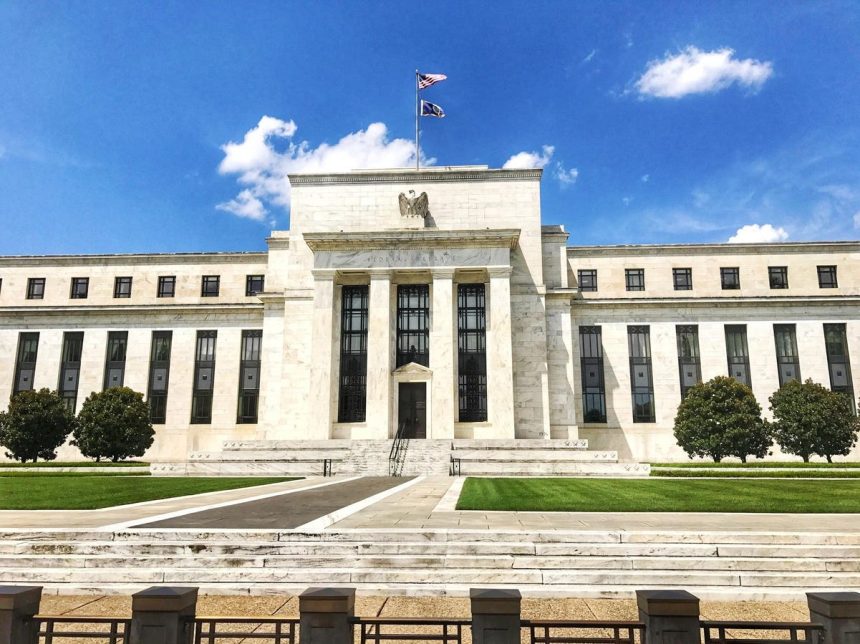The fundamental flaws in the way the Federal Reserve operates these days were on full display Wednesday when Jerome Powell talked to the media after the central bank’s key policymaking committee meeting. It confirmed why there must be a drastic overhaul of our central bank—as well as new leadership.
The Fed decided to cut interest rates by .25%—which surprised no one. What did surprise people was Powell’s throwing cold water on making another small cut next month. The overwhelming consensus had been that the Fed would do so. Now Powell has said it might not happen because there’s so much uncertainty and confusion about where the economy is actually headed, a situation exacerbated by the lack of some economic data, thanks to the government shutdown. Consumer spending is good, yet labor markets are wobbly. Declared Powell, “What do you do when you’re driving in the fog? You slow down.”
Alas, the fog is the way in which the Fed—and most other central bankers and economists—see the world.
Here’s where our central bank is off base: The Fed remains firmly wedded to the false idea that prosperity causes inflation. It has a bizarre bias against a vigorous economy, fearing that such activity will send prices up. The Fed has forgotten that changing prices tell us what people want and don’t want. Without prices that are allowed to reflect genuine supply and demand, an economy doesn’t work right. Period. For the Fed to try to suppress prices distorts the marketplace.
Money is simply a measure of value, the way a thermometer measures temperature. The Fed’s prime task should be to maintain a stable dollar. The dollar shouldn’t fluctuate any more than the number of inches in a foot does. Yet Powell made no mention whatsoever of the currently weak dollar, a harbinger of future trouble. The central bank shouldn’t be in the business of trying to manipulate economic activity.
Another flaw Powell’s presser highlighted was the obese size of the Federal Reserve’s securities holdings. Though the amount has come down from pandemic highs, it’s still far above pre-Covid levels and some eight times higher than it was before the crisis of 2008–09. Back then, with no discussion, the Fed flooded the banking system with reserves and didn’t remove them when the crisis receded. Before 2008, the Fed’s balance sheet came to 6% of GDP; now it’s 21%.
Powell declared on Wednesday that the Fed will no longer be reducing the size of its balance sheet—with no credible explanation. The real reason is purely for power: An institution that holds $6.6 trillion in securities has immense sway in the financial marketplace. It affects which sectors can get credit more easily than others. No bureaucracy surrenders such power voluntarily.
By the way, around 40% of the reserves the Fed pays interest on are from foreign banks. American taxpayers are subsidizing foreign-owned banks.
A subject that didn’t come up at Powell’s presser was how the Fed arrived at the 2% inflation goal. Actually, it was pulled out of thin air.
The flaws in the Fed demand a fundamental change. A new leader is needed. Now.
And who will that new leader be? Current Treasury Secretary Scott Bessent.
Read the full article here
















